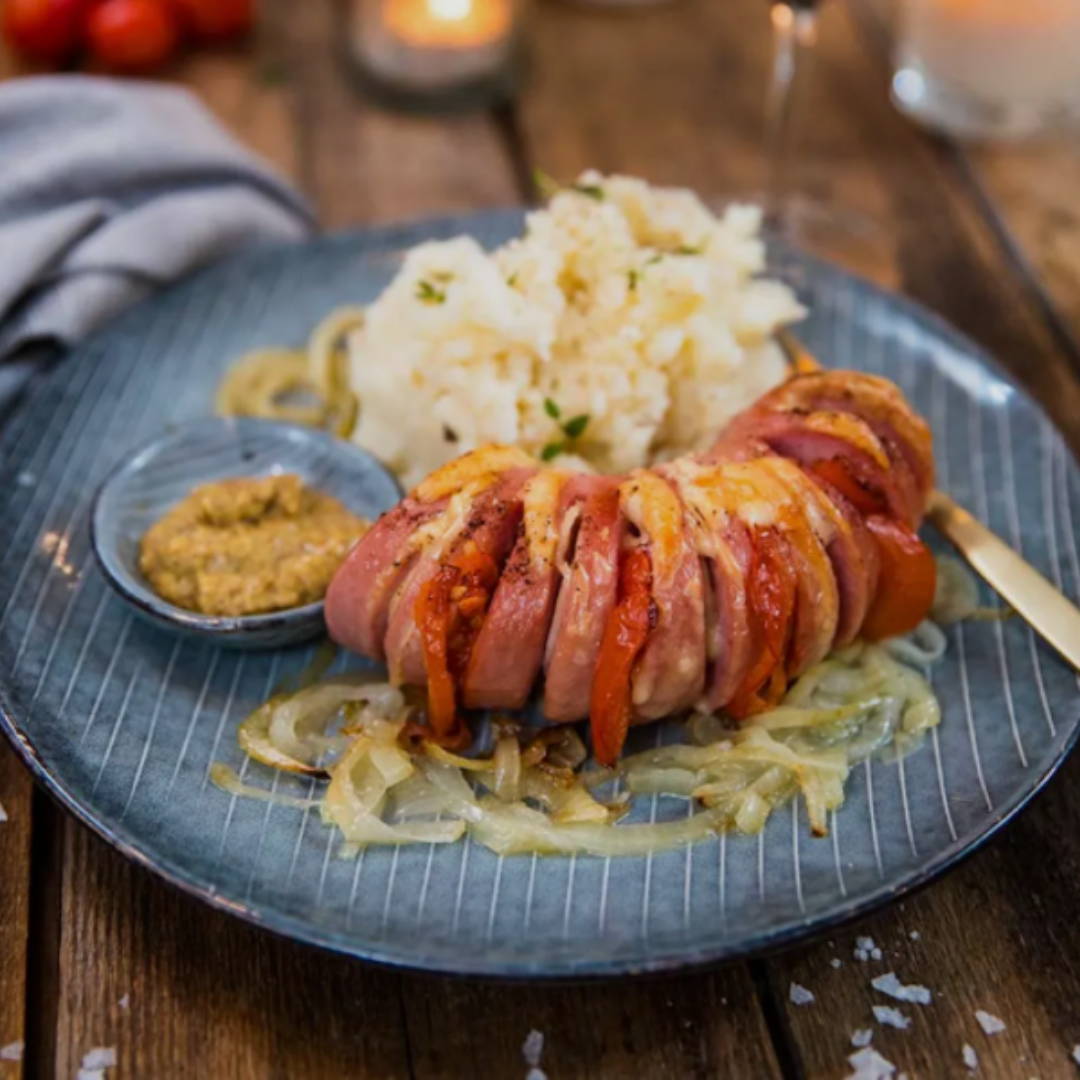We are on Trustpilot
We are rated Excellent, read what our customers are saying
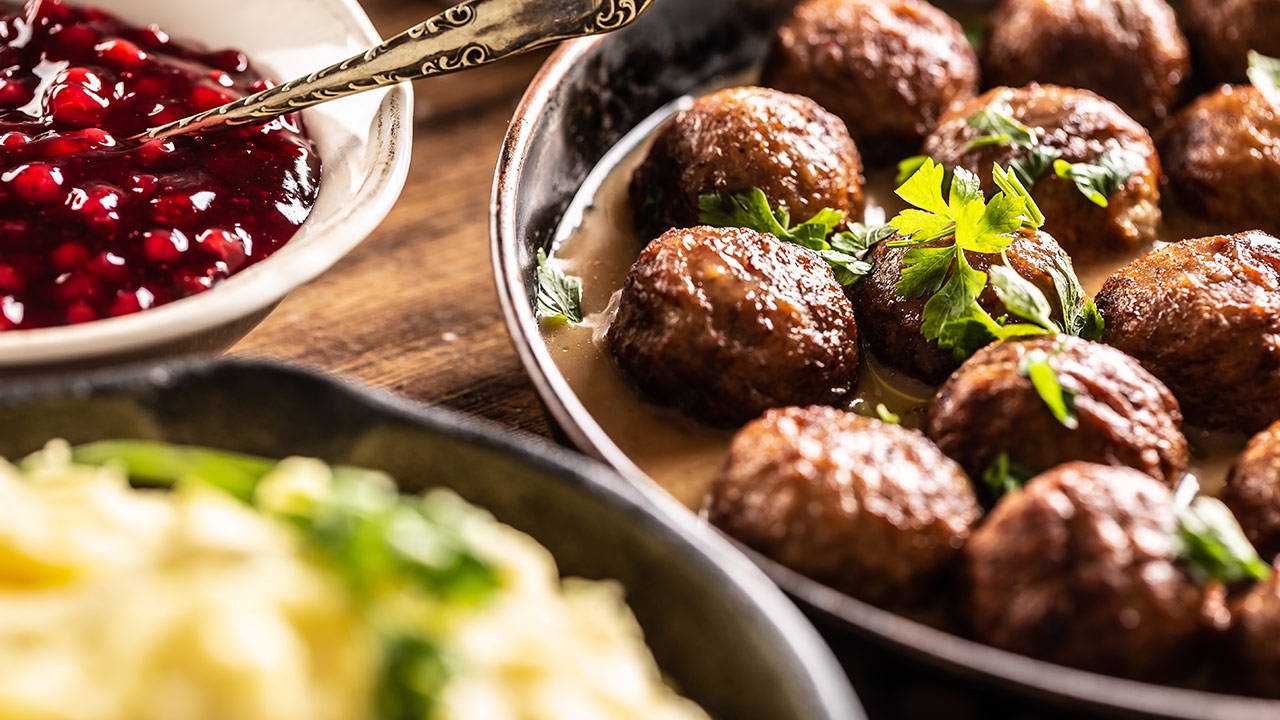
Bregott is one of the most loved food products in Sweden and the best friend of the sandwich. Bregott's good taste comes from its natural ingredients butter, rapeseed oil and a pinch of salt. There is a Bregott for all tastes. Normal salt, Extra salt and Sea salt have been favorites with the Swedes for a long time.
There's nothing quite like it. Bregott has been a household favourite in Sweden since 1969. Fast forward to 2021 and Bregott is as popular as ever.
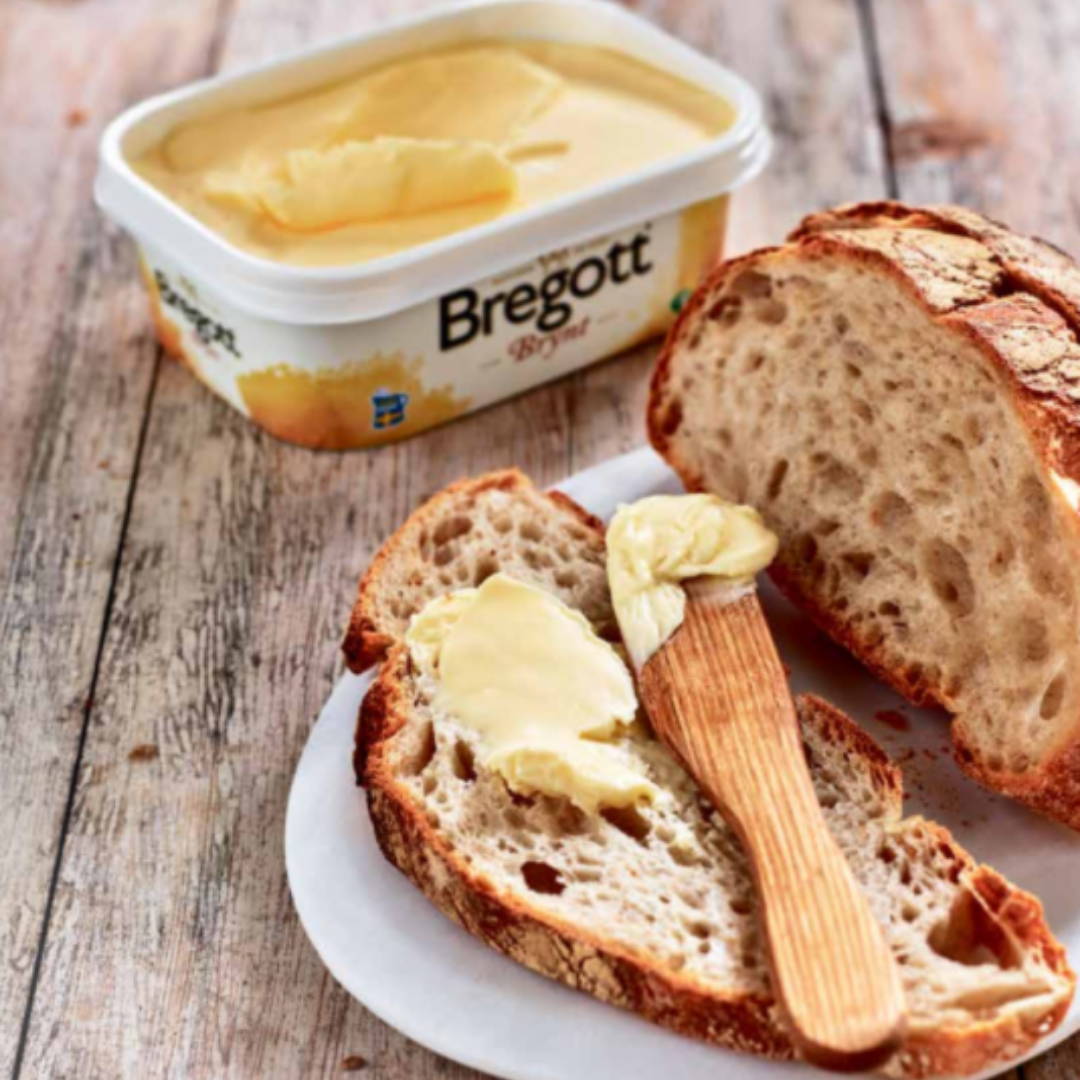
Who doesn’t love cinnamon buns?
Kanelgifflar are miniature cinammon buns that are everyone's favourite for the fika.
Be careful though, it's impossible to open a bag of kanelgifflar and just eat one. Try it (you won't succeed).
It's like there's something magical about these little buns that will make you want “just one more” until the bag is empty. Kanelgifflar are irresistibly tasty with delicious, swirling filling.
Just one more.......
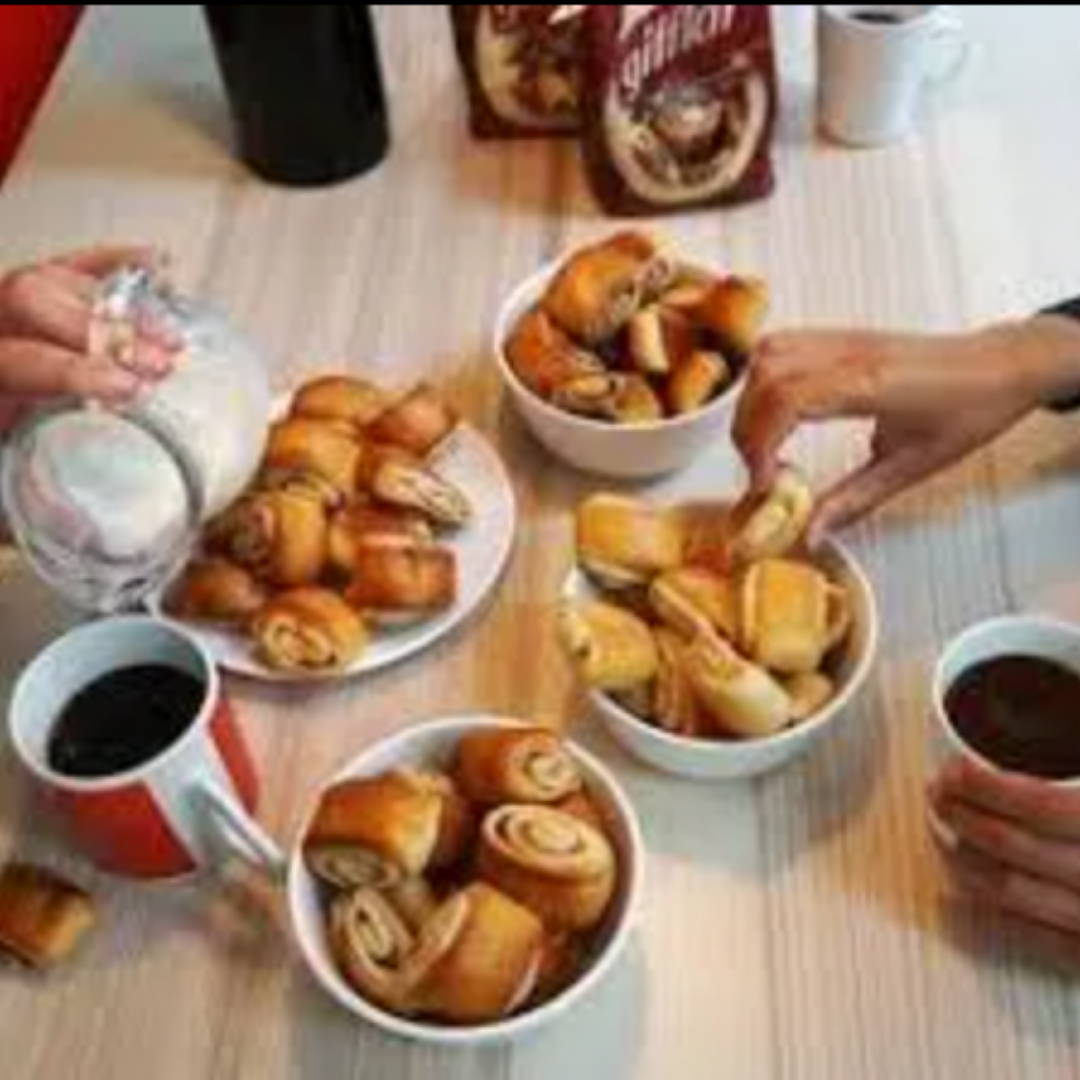
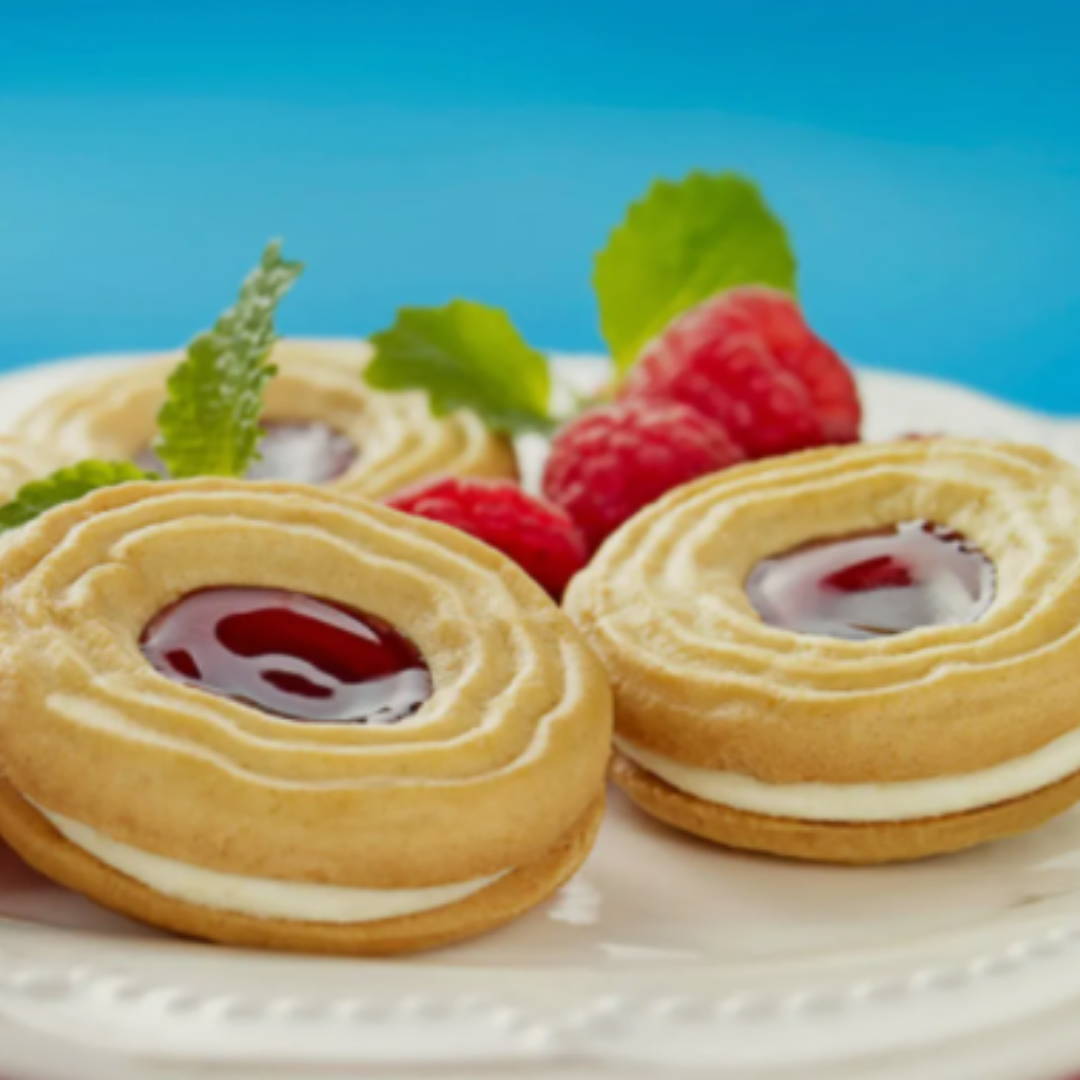
Ahhh meatballs! Could it get more Swedish than this? Probably not.
Mamma Scan's meatballs are a tasty classic and a favourite with many Swedes. Mention Mamma Scan and many Swedes are taken back straight to their childhood. Mamma Scan's meatballs have been rolled with care in Skara since 1970 and still have the same delicious taste. They go well with most things and are popular among kids and adults the same. Swedish meatballs tend to be smaller, but make up for it in taste, there's no beating Swedish meatballs!
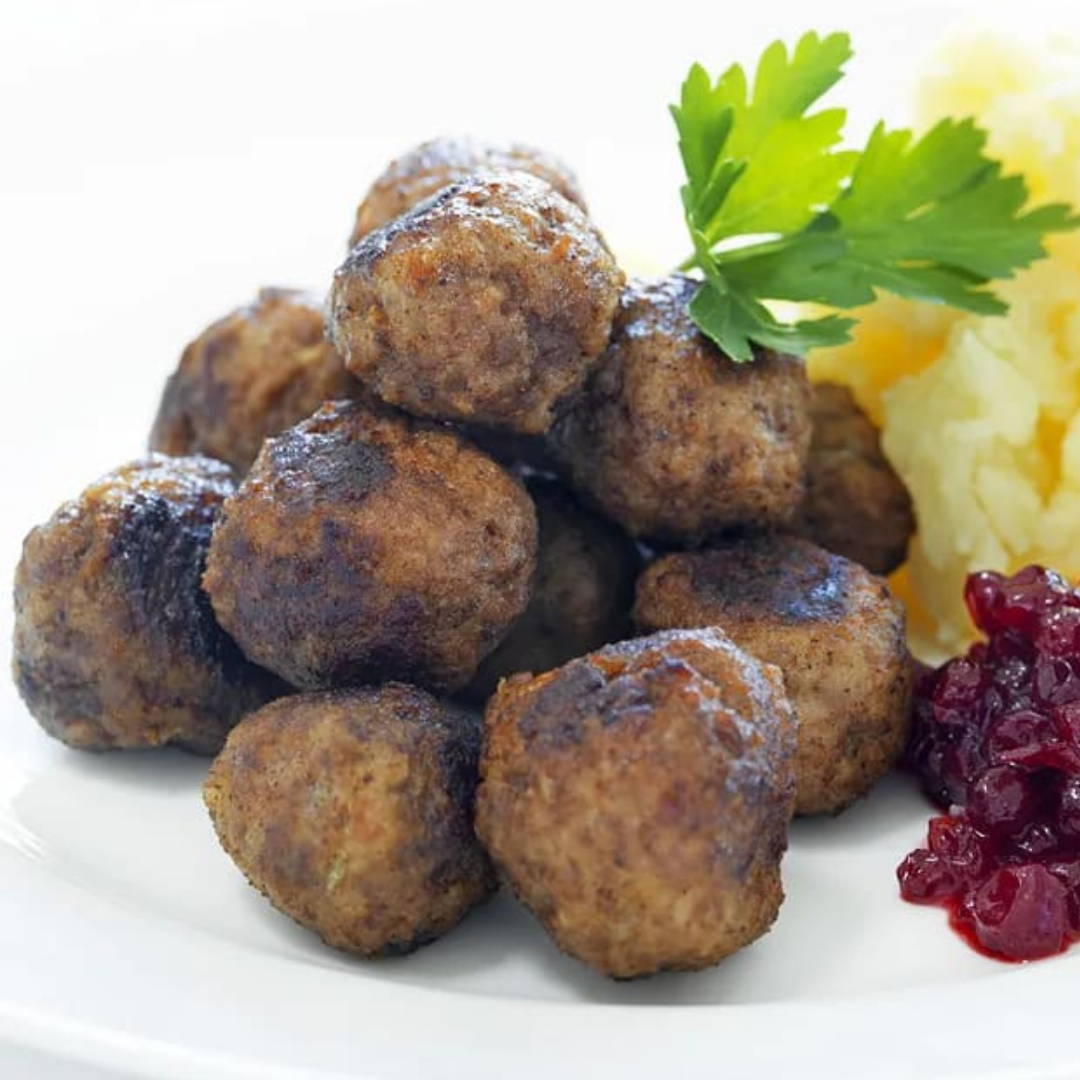
Västerbottenost was actually invented by mistake by dairy maid Ulrika Eleonora Lindström who in 1872 created the recipe which is the basis for the Västerbottensost that we still eat today. Her mysterious recipe is a well-kept secret that only a few people have access to and it's only allowed to be made in Burträsk in Västerbotten, Sweden.
Västerbottensost is a granular hard cheese stored for 14 months. It has loads of character and a strong aromatic taste, with an undertone of truffle. Perfect on the sandwich or in cooking, or to make its very own pie with- Västerbotten pie.
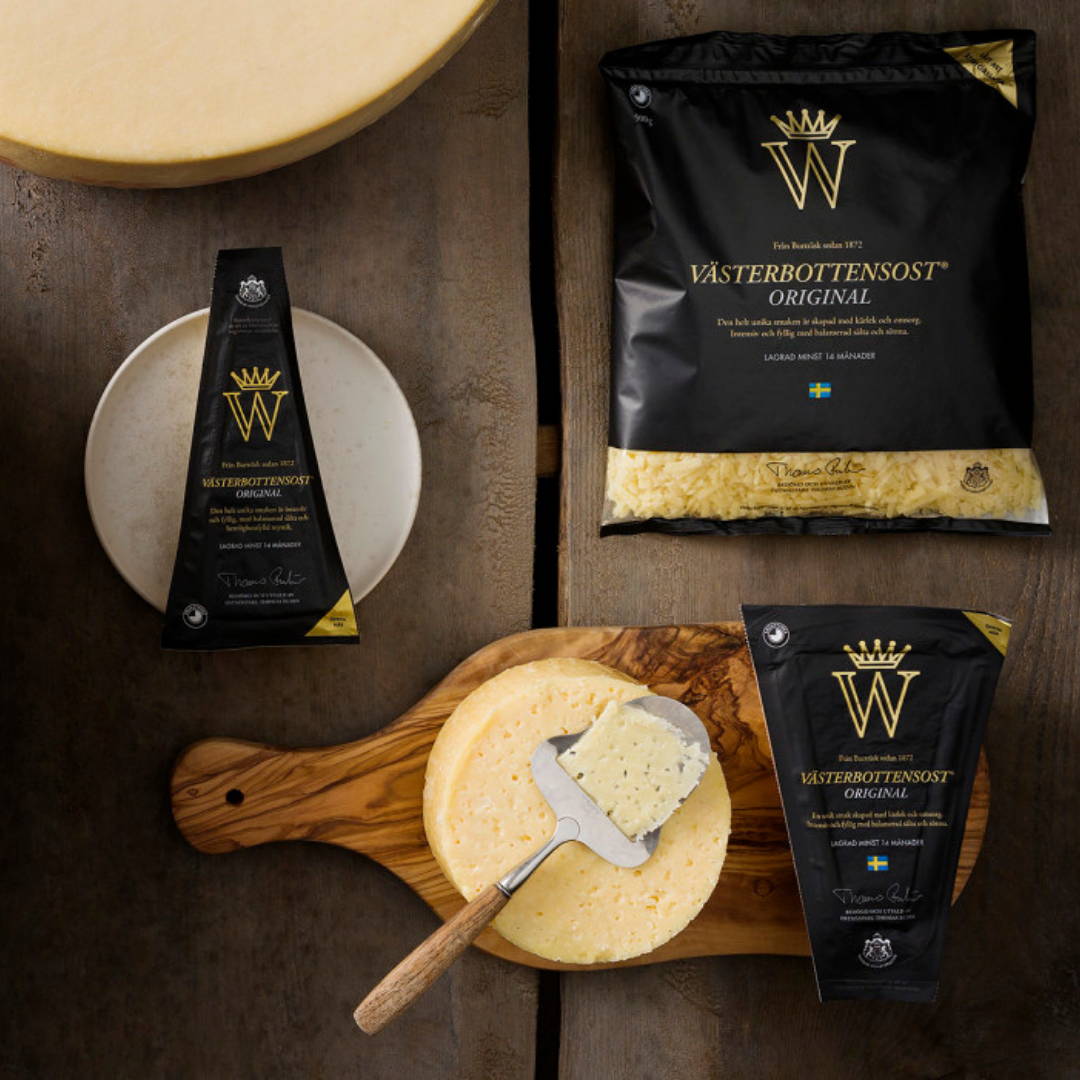
Cheez Doodles- the Swede's nr.1 snack! Every day more than 25 000 kilo Cheez Doodles are made and more than 10 million bags are sold every year. Cheez Doodles have been around since 1967 and just grow more popular with time. Although Cheez Doodles are currently owned by a Norwegian copmany it's definitely one of the most sought-after snacks for Swedes, in Sweden and abroad. No other cheese snacks can compare. Cheez Doodles are simply cheesier, tastier, just better.

Pickled herring of various kinds has an obvious place on the dining table in Scandinavia, especially during holidays such as Christmas, Easter and Midsummer.
Putting herring in a layer of salt, vinegar and spices is one way to preserve the fish. Some different marinated herring types are onion herring, sherry herring, archipelago herring etc. A very popular one is this one- mustard herring.
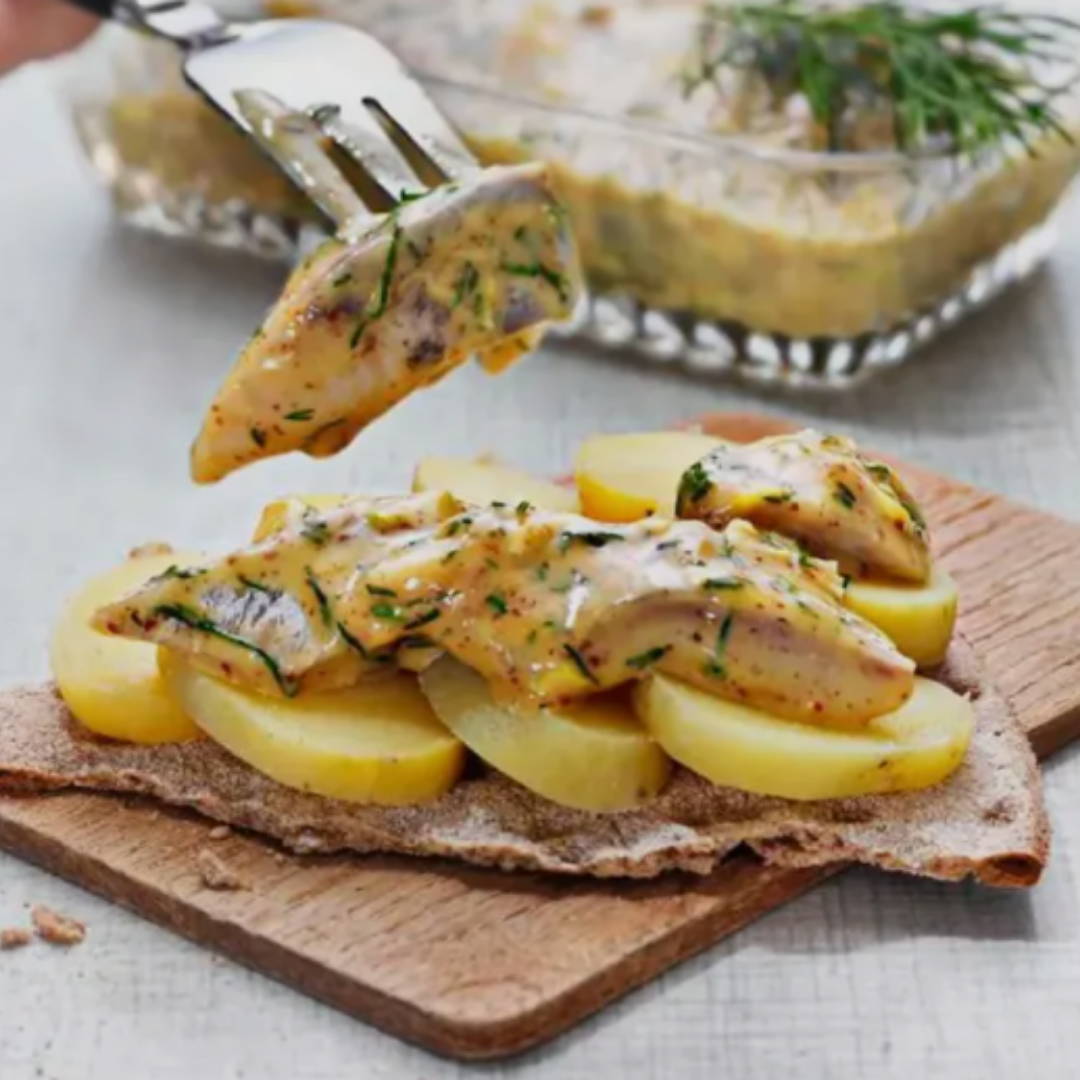
Salmiakki can be a hard sell to those who haven't grown up eating it, and that group includes pretty much everyone outside of the Nordic countries, Holland, and northern Germany. Eating it can be unpleasant, even borderline painful. Tyrkisk Peber is a great way to start though. It's a hard licorice candy full of surprises! A small black caramel with a hard shell and extra salmiac powder inside, waiting to melt deliciously in your mouth. Once you break the crunchy crust, you will get extra saltiness from the internal bubbles. Plenty of salt for licorice lovers, but beware, it is strong!
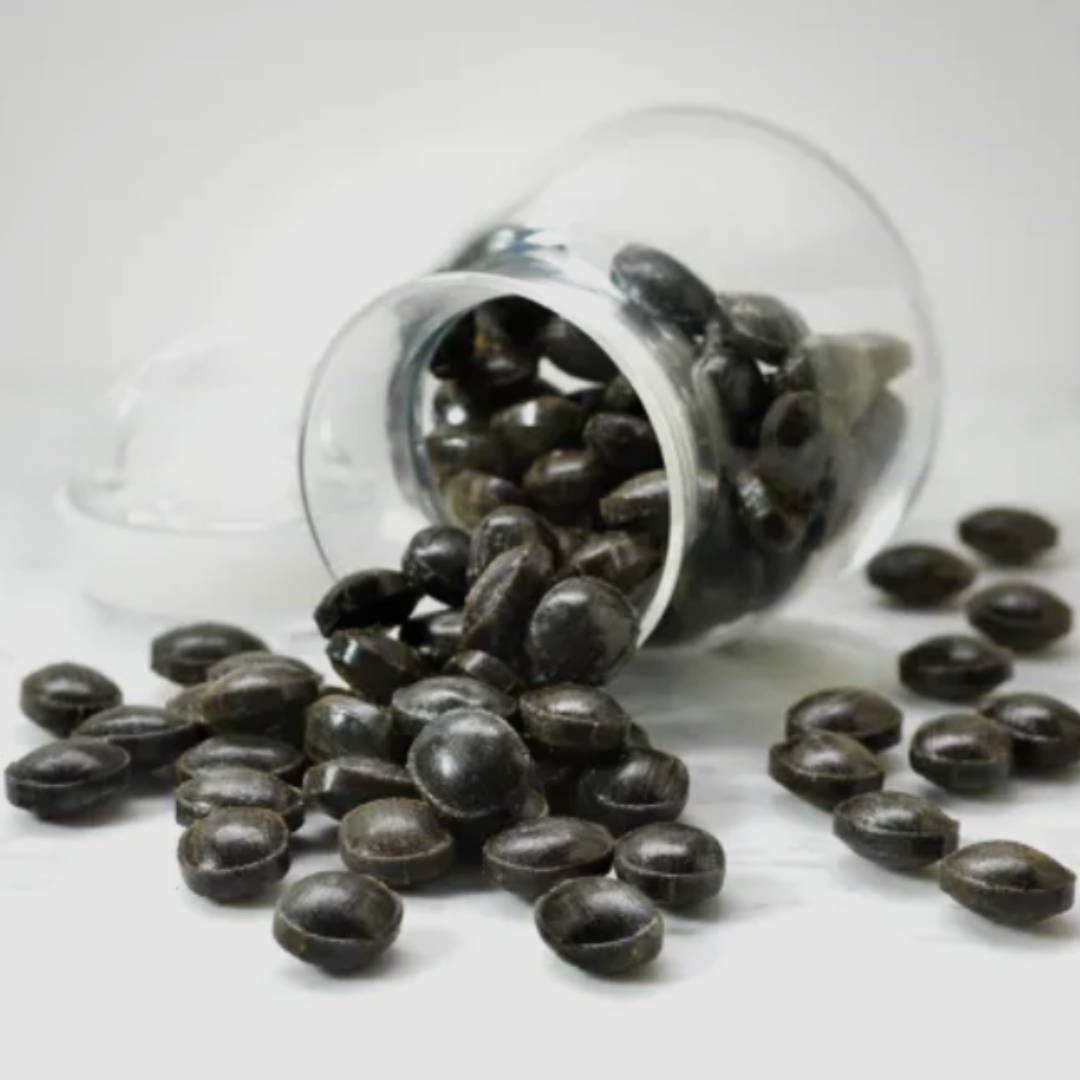
In Denmark hot dogs are called pølser and more than 100 million of them are sold every year. Originally these strange looking sausages were the ones that were too old to be sold. But instead of throwing them out, sausage vendors in the poverty struck Denmark in the late 1920s instead chose to dip these sausages in red dye and sell them for cheaper prices. The red sausage quickly became a success, and in the end all sausages were dipped in red dye since people stopped buying the other ones. Traditionally polser are served on a paper plate with bread and condiments such as ketchup, mustard, remoulade sauce, and onions on the side.
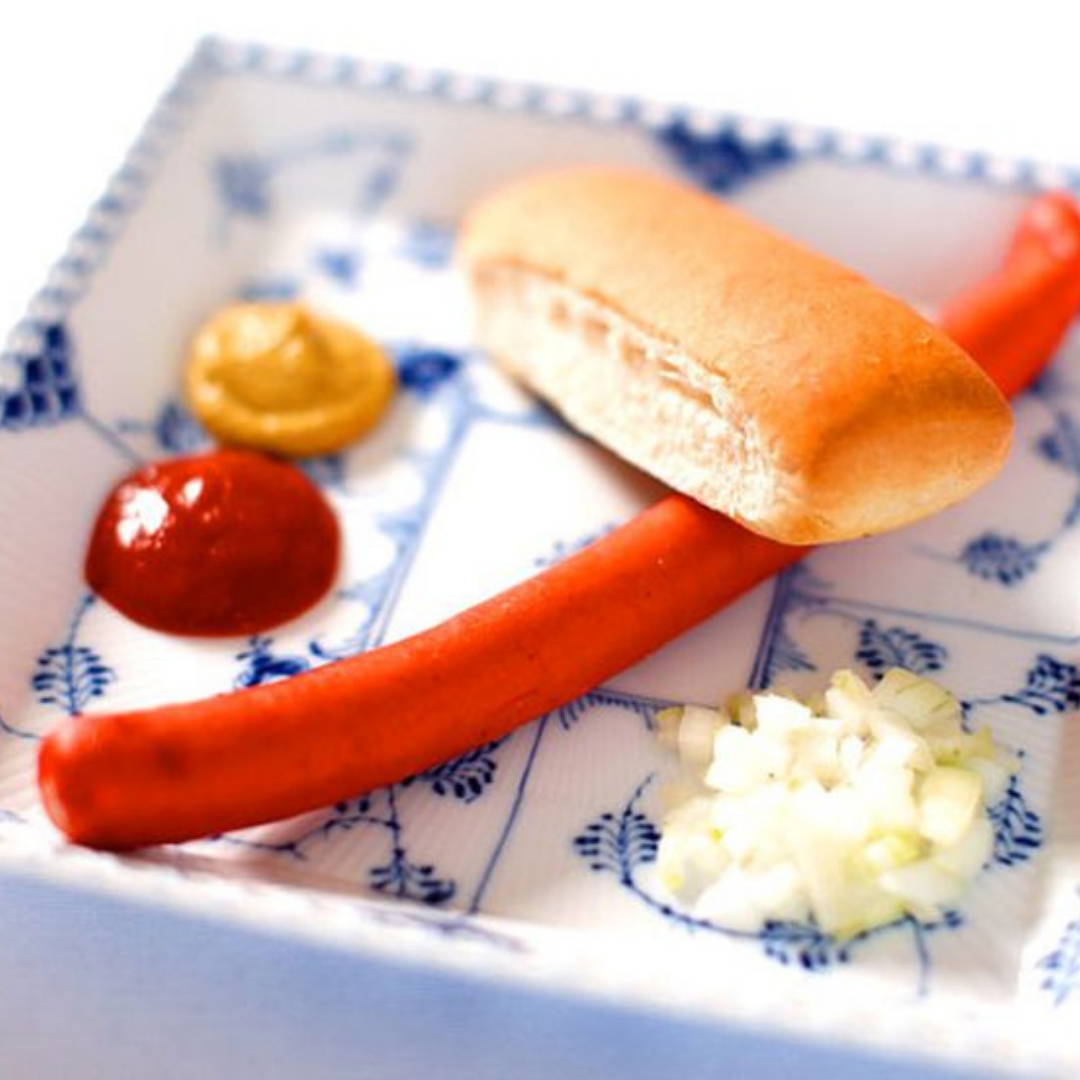
Skagen, the delicious and creamy seafood dish that has been around for six decades.
Skagenröra refers to the creamy spread with fresh shrimp and Toast Skagen refers to the spread on top of a piece of bread, toasted or fried in butter.
Nowadays there are many versions of toast Skagen. A common way to make it is to fry the toast in butter, adding mayonnaise instead of eggs and some onion as well.
The fish roe used to put on top varies. White fish roe (löjrom) is most commonly used and adds elegancy to the dish which is why this is a very common starter for special celebrations such as New Years and Midsummer’s. Simply delicious!
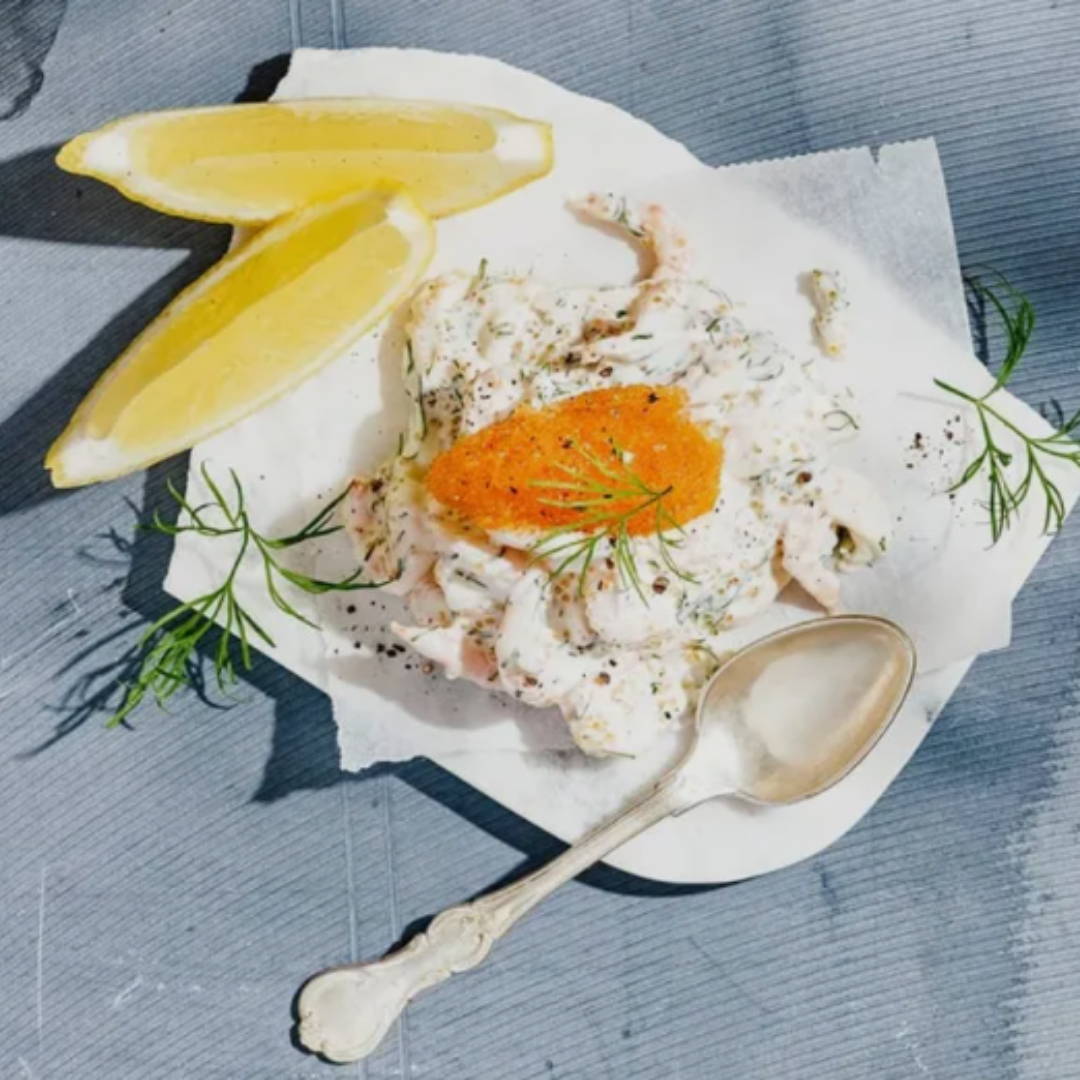
One of Norway's most interesting food products is the simple yet delicious whey cheese! Norwegians eat it for breakfast, lunch or just like a snack. Brown cheese, or brunost as it is written in Norwegian is a tan-coloured ‘whey cheese' with a distinctive caramel flavour.
The production process is actually very simple. The water from the whey of goat’s milk is boiled down, which caramelises the sugars. The resulting gloop is left to cool and voila, you've got yourself some real Norwegian brown cheese. Try it on waffles, it's delicious!
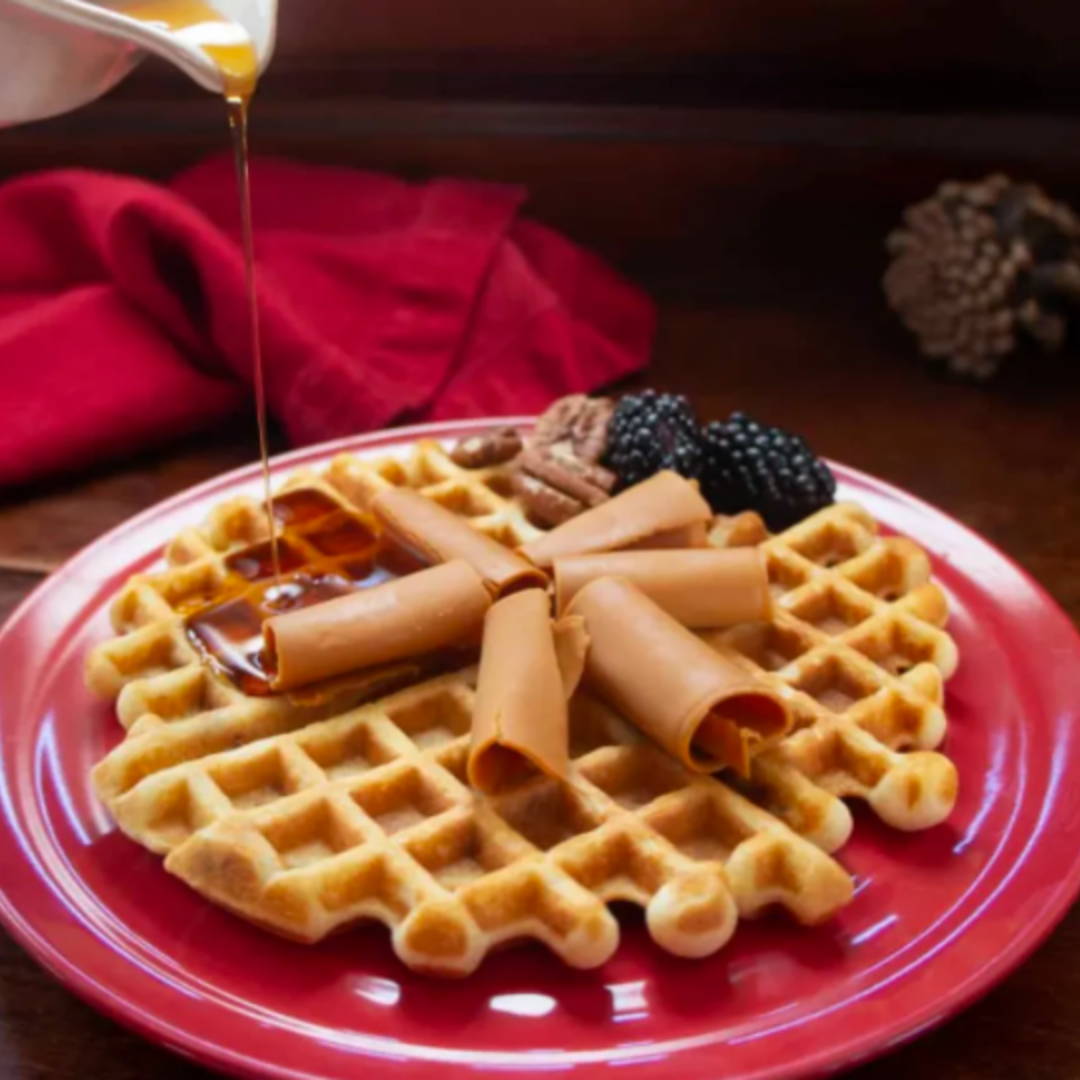
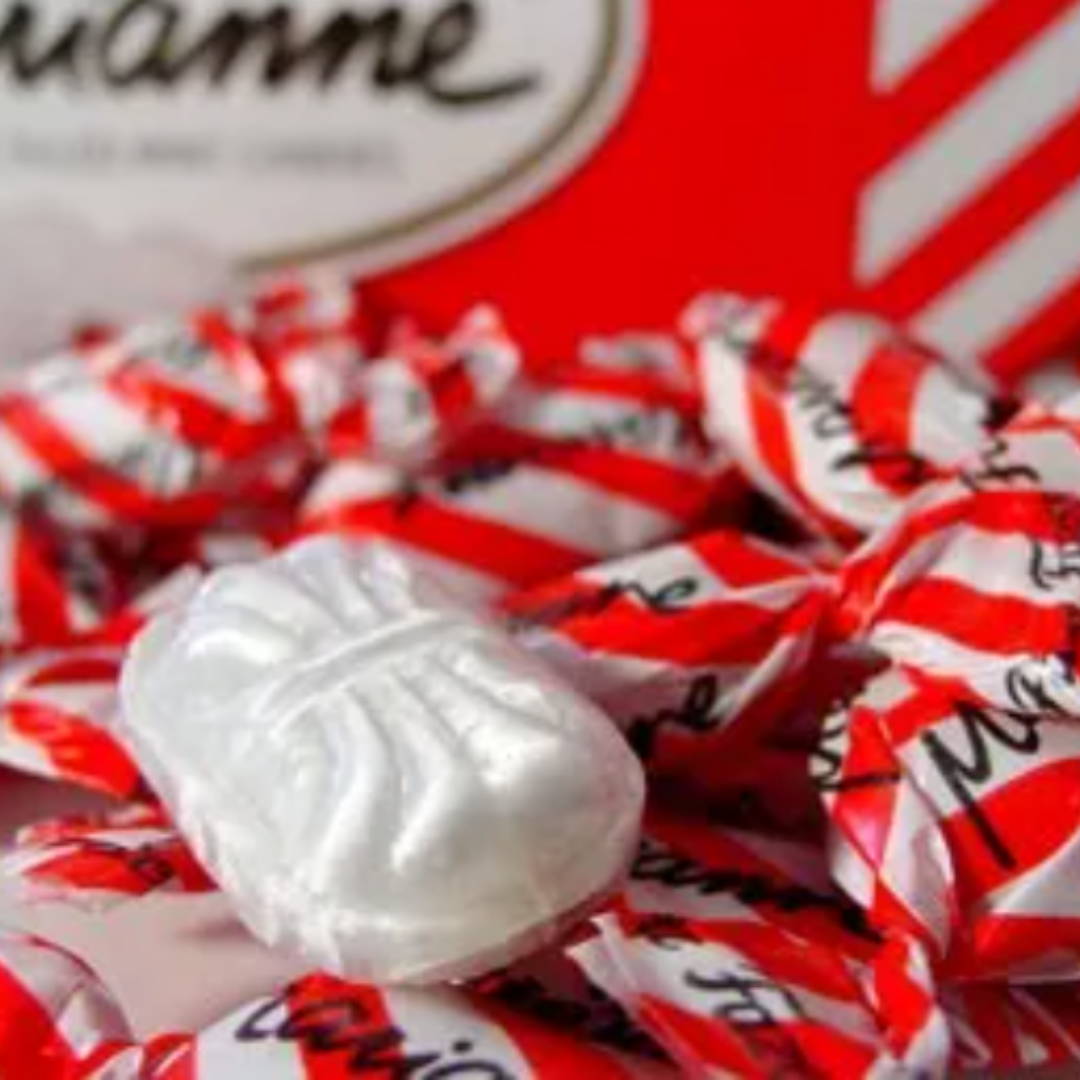
Danish remoulade is a modified version of the original French-style remoulade. It is a mayonnaise-based sauce, coloured brightly yellow with turmeric (or a pinch of curry powder), mixed with a purée of capers and pickled gherkins or cucumbers. Remoulade-is the Danish's most popular and favorite spreading on their famous open Danish sandwiches “Smørrebrød. Remoulade is a delicious sauce that enhances the taste of seafood dishes- fish meat balls (fiskefrikadeller), sausages, hot dogs, burgers, cold meats, deep fried French fries and so on. Remoulade is a must-have for almost every Dane, regardless of age.

Chewy candy, hard candy, soft candy, licorice flavored candy, sour candy, fruit candy. There is nothing quite like Swedish pick & mix candy. Or as the Swedes call it- lösgodis.
In Sweden there are aisles of candy where you can take a scoop and pick as much or as little as you want in every supermarket and cornershop.
Some places have hundreds of different types to choose between and they’re all equally delicious. No wonder Swedes eat the most candy in the entire world and even have a specific day dedicated to eating candy, Saturday. We call it Lördagsgodis (Saturday Candy).
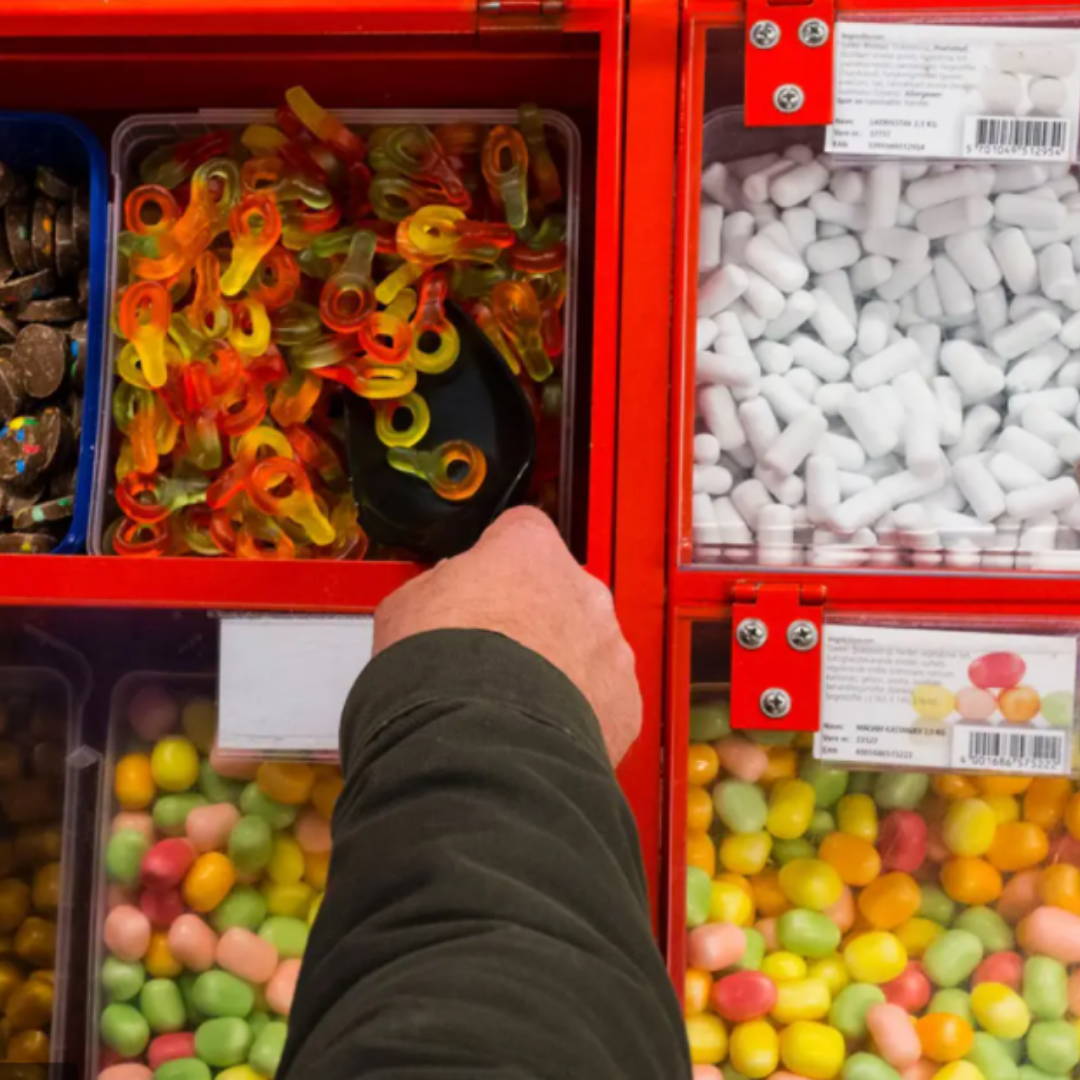
Falukorv (Falu sausage) first came about in 16th century Dalarna in northern Sweden, where German guest workers at the Falu copper mine began to make smoked sausage from beef that was left over after slaughter. The sausage was then sold on to Stockholm in large loads, and became very popular among workers there as well. Fast forward to today and Falukorv could almost be called an unofficial Swedish national dish. Falukorv in the oven with mashed potatoes or Sausage Stroganoff (a stew based on falukorv) are nostalgic dishes for most Swedes. Swedes actually eat almost 30,000 tons (!) of falukorv every year, which shows how popular this smoked sausage really is.
